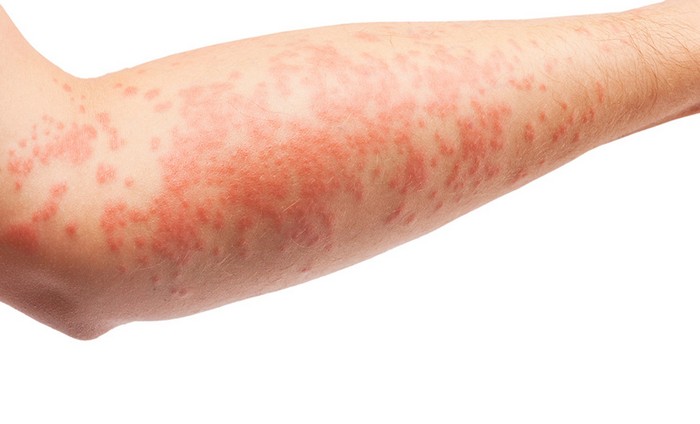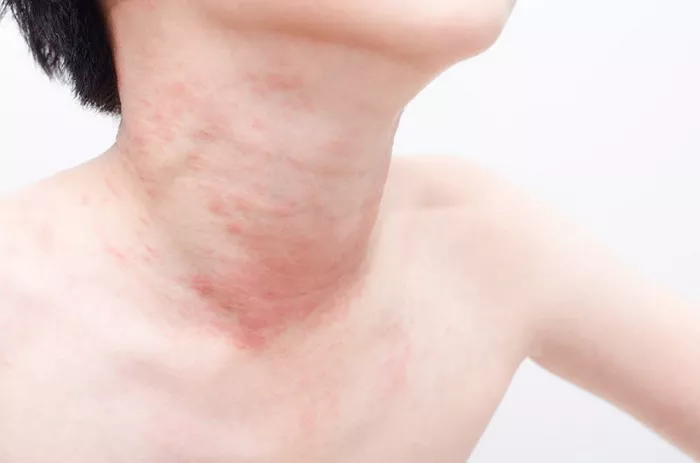Contact dermatitis is a common skin condition characterized by redness, itching, and inflammation triggered by contact with certain substances. While mild cases often resolve with basic care and avoidance of irritants, severe contact dermatitis requires a more comprehensive approach. Severe cases can significantly impact quality of life, causing discomfort, pain, and even long-term complications if not managed effectively. In this article, we delve into the intricacies of treating severe contact dermatitis, outlining strategies for both acute relief and long-term management.
Understanding Severe Contact Dermatitis
Before delving into treatment strategies, it’s crucial to understand the nature of severe contact dermatitis. This condition occurs when the skin comes into contact with irritants or allergens, triggering an exaggerated immune response. Unlike mild cases that may resolve with simple measures like avoiding the triggering substance and using over-the-counter creams, severe contact dermatitis demands more intensive intervention.
Consultation with a Dermatologist
The cornerstone of managing severe contact dermatitis is seeking professional medical advice. Dermatologists are trained to diagnose and treat various skin conditions, including severe dermatitis. Upon consultation, the dermatologist will conduct a thorough examination to determine the severity of the condition and identify potential triggers.
Identification and Avoidance of Triggers
Once the triggers are identified, the next step is to avoid them as much as possible. This may involve lifestyle modifications, such as changing skincare products, avoiding certain fabrics, or adopting protective measures in occupational settings. In cases where the trigger is unknown, patch testing may be recommended to pinpoint allergens or irritants.
Topical Treatments for Acute Relief
For acute symptom relief, dermatologists may prescribe topical treatments to reduce inflammation, itching, and discomfort. These may include corticosteroid creams or ointments, which help to alleviate symptoms by suppressing the immune response and reducing inflammation. In severe cases, higher-potency corticosteroids or other immunosuppressive agents may be necessary under close medical supervision.
Moisturization and Skin Barrier Repair
Moisturization plays a crucial role in managing contact dermatitis, as it helps restore the skin barrier and prevent further irritation. Emollients and moisturizers should be applied liberally and frequently, especially after bathing or washing hands. Products containing ceramides, fatty acids, and humectants like glycerin are particularly beneficial for repairing the skin barrier.
Systemic Treatments
In cases where topical treatments alone are insufficient, systemic therapies may be prescribed. Oral corticosteroids can provide rapid relief from severe inflammation but are typically reserved for short-term use due to the risk of systemic side effects. Immunomodulatory agents such as cyclosporine or methotrexate may be considered for long-term management in refractory cases, but their use requires careful monitoring due to potential side effects.
Phototherapy
Phototherapy, or light therapy, is another option for managing severe contact dermatitis, especially when other treatments have failed. Ultraviolet (UV) light exposure can help suppress inflammation and reduce itching, promoting skin healing. Phototherapy is typically administered under medical supervision in specialized dermatology clinics to ensure safety and efficacy.
Biologic Therapies
In recent years, biologic therapies have emerged as a promising treatment option for severe contact dermatitis. These medications target specific molecules involved in the inflammatory process, offering targeted therapy with fewer systemic side effects compared to traditional immunosuppressants. Biologics such as dupilumab have shown efficacy in treating severe atopic dermatitis and may be considered for select patients with severe contact dermatitis.
Addressing Secondary Infections
Severe contact dermatitis can compromise the skin barrier, increasing the risk of secondary bacterial or fungal infections. If infection is suspected, appropriate antimicrobial therapy should be initiated promptly. Topical or oral antibiotics may be prescribed depending on the severity of the infection and the organisms involved.
Psychosocial Support
It’s essential to recognize the psychosocial impact of severe contact dermatitis on patients’ quality of life. Chronic itching, pain, and visible skin lesions can lead to anxiety, depression, and social withdrawal. Providing patients with emotional support, education about their condition, and resources for coping strategies can significantly improve their overall well-being.
Long-Term Management and Follow-Up
Managing severe contact dermatitis is often a long-term endeavor that requires ongoing monitoring and adjustments to treatment plans. Regular follow-up appointments with the dermatologist are essential to assess treatment response, monitor for potential side effects, and make necessary modifications to the treatment regimen.
Conclusion
Severe contact dermatitis can pose significant challenges for patients and healthcare providers alike. However, with prompt diagnosis, targeted treatment, and diligent management, it is possible to achieve symptomatic relief and improve patients’ quality of life. By adopting a comprehensive approach that addresses both acute symptoms and underlying inflammation, dermatologists can effectively manage this complex condition and empower patients to regain control of their skin health.

























